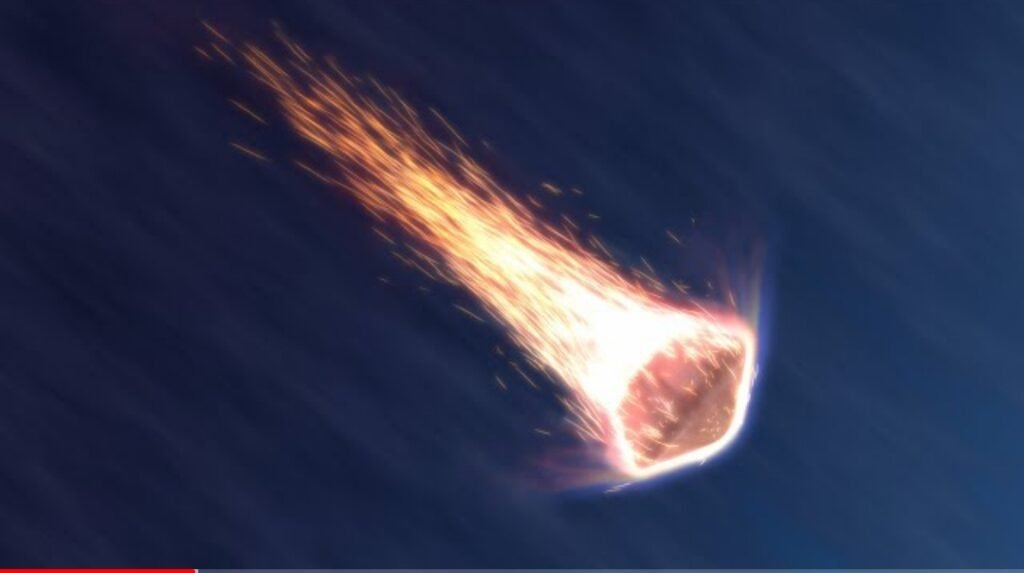A NASA spacecraft Prepares an Asteroid Prevention Mission that has just returned from space has been relaunched on a mission to study the asteroid “Chaos God” that is starting to approach Earth’s orbit.

The OSIRIS-REx spacecraft – now named OSIRIS-APEX – has been sent to study the asteroid Apophis that will fly very close to Earth in 2029, something that “has not happened since the beginning of recorded history,” NASA announced.
The spacecraft returned to Earth in September after spending seven years collecting samples from the space rock Bennu.
Apophis, also known as the “God of Chaos,” is expected to fly by Earth on April 13, 2029 from a distance of only about 20,000 miles – closer than some man-made satellites and even visible in the Eastern Hemisphere.
The rock, which measures about 370 meters wide, only comes this close to Earth every 7,500 years.
Earth’s gravity will affect the space rock as it approaches orbit and OSIRIS-APEX will study the impact to see “how the surface changes,” according to Amy Simon, the mission’s project scientist.
The Earth’s impact is expected to change the length of the asteroid’s day, which is currently around 30.6 hours per day. This could also cause the “God of Chaos” to experience landslides and earthquakes.
Read More: Home Alone Kristin Minter’s Encounters with Her On-Screen Self
“We know that tidal forces and the accumulation of debris pile material are fundamental processes that can play a role in planet formation,” said Dani Mendoza DellaGiustina, OSIRIS-APEX principal investigator at the University of Arizona in Tucson in a statement.
“They could provide information about how we got from the debris in the early solar system to the large planets.”
The spacecraft will encounter an S-type asteroid on April 13, 2029, but will not land on its surface, but will instead “operate near” the asteroid for 18 months. Not only will it look for surface changes, but it will also map the surface and analyze the chemical makeup of the rock, NASA said.
It will also move within 16 feet of the rock surface so it can fire its thrusters down to see what is being stirred up, so scientists can “peek at the material beneath.”
Although the rock is still five years away from approaching Earth, scientists will observe it as it approaches the first of its six closest approaches to the Sun.
The OSIRIS-APEX mission is important because it will provide new insights into the asteroid Apophis and the processes that shaped our solar system. Data collected from this mission will help scientists learn more about the history and origins of our planets.
NASA Prepares Asteroid Prevention Mission for Humanity, this mission is very important for the survival of planet Earth.